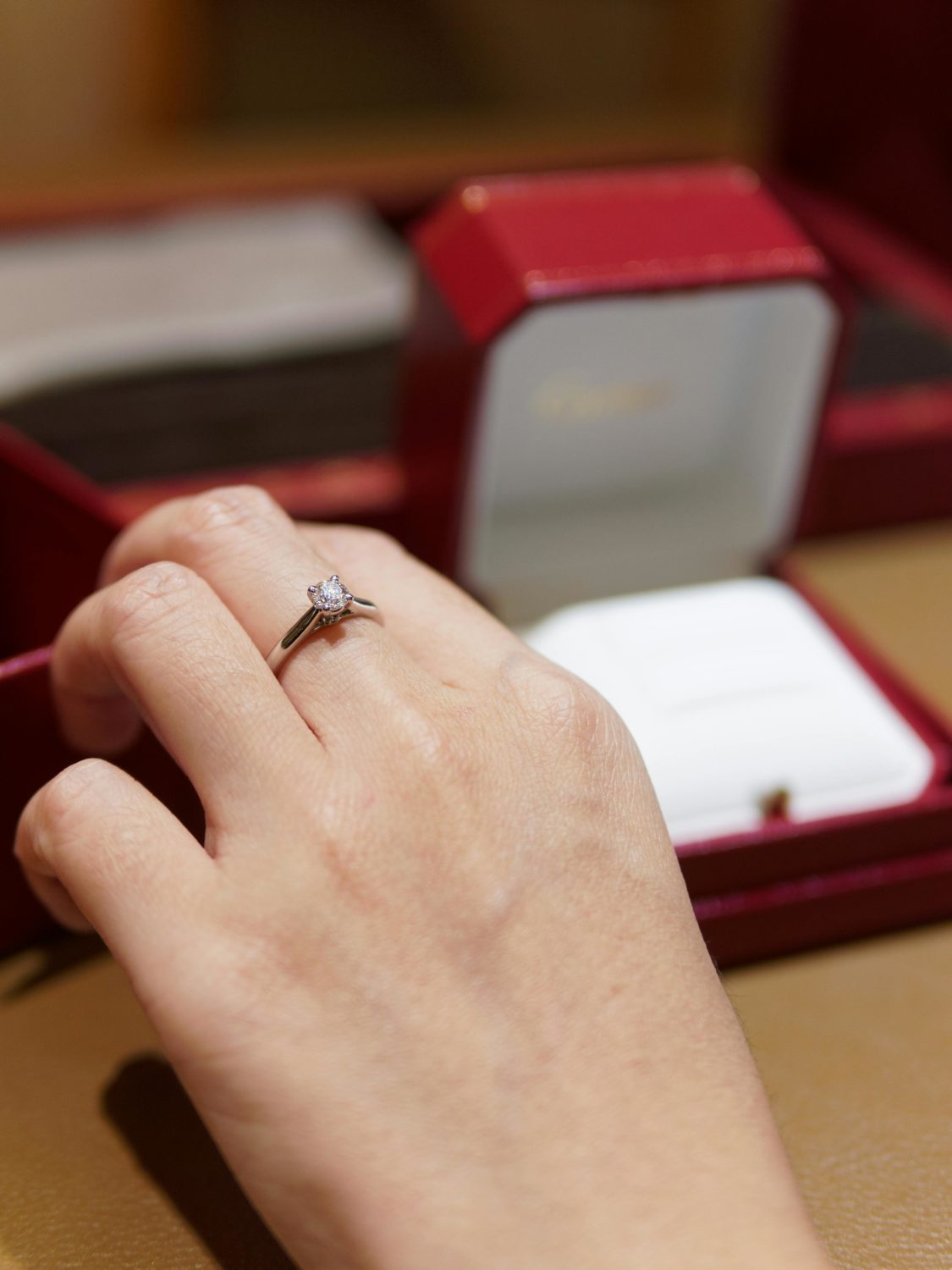
Everyone loves jewellery. Not only is it one of the most expensive gifts money can buy, but it’s also deeply rooted in many aspects of modern life – from wedding proposals to everyday fashion.
But have you ever stopped and asked yourself where our fascination with jewellery first came from? Or wondered why wearing jewellery has never gone out of fashion?
Well, if so, we’re here to answer both these questions and more.
Join us as we take a detailed look at not only how the design of antique jewellery has changed over the years, but how the fashions and trends have as well.
The Georgian Period: 1714 – 1837
Generally speaking, finding authentic antique jewellery from the Georgian period is now extremely rare.
However, when you do, the designs tend to be both handmade and inspired by nature, largely based around leaves and birds.
Due to being handmade, the quality of jewellery from the Georgian era tended to vary piece by piece. Typically though, each piece would include a precious stone set into a foiled closed backed setting at the reverse, and silver at the front.
The fashion for wearing jewellery during the Georgian period was very different from modern life too, with only members of the aristocracy and people with religious backgrounds typically seen wearing it.
There was also a belief at the type that certain stones had healing powers. The November birthstone Topaz, for instance, was believed to cure madness and increase wisdom, while other stones like sapphire were said to cure diseases of the skin.
Later on in the 17th century, the fashions changed, with memento jewellery becoming more and more popularised to commemorate the death of individuals. In the poet Samuel Pepys will, for example, he made arrangements for 128 memorial rings to be distributed to close peers, friends and family after his funeral.
Then, moving forward into 1813, this year saw the popularisation of Berlin iron jewellery following a plea by Prussian authorities for royal members to donate gold and jewels in the war effort against Napoleon. In exchange for donating, they would then be provided with Iron Work crosses, brooches, necklaces and bracelets inscribed with ‘Gold gav ich fur Eisen (I gave gold for iron)’.
The Victorian Period: 1837 – 1901
As time moved on and we entered into the Victorian era, this saw a great change in the development of antique jewellery, kickstarting many of the associations we now see between jewellery and romanticism.
Typically, the designs seen during the beginning of this period would again be largely influenced by nature. However, this time, they would largely focus on other areas of nature including flowers, buds, leaves, grapes and snakes.
That all changed in 1860 though, when Greek, Etruscan and Egyptian styles of jewellery started to become more favourable, alongside the re-establishment of cut steel and Berlin iron-based jewellery.
The reason these materials came back into fashion was due to Queen Victoria entering into a period of mourning, following the unexpected deaths of her mother and husband, Prince Albert, in 1861.
However, due to the re-popularisation of cut steel, this period also saw an increased demand for items of jewellery like brooches, necklaces, hairpins, bracelets and buttons.
The Art Nouveau & Early Edwardian Era: 1880 – 1910
Between 1880 and the commencement of the first world war, Art Nouveau flourished, spreading across both Europe and America.
The jewellery designs at this time were a lot more unusual than had previously been seen, many of which included a symmetrical frame encompassing a variety of materials like enamel, gemstones, pearls, leaves and foliage.
This is all changed under King Edward VII’s reign though, with the designs largely influenced by the social, artistic and economic climate.
The Edwardian period also saw huge advances in the level of craftsmanship, allowing for much finer and more intricate jewellery to be produced. As such, tiaras, brooches, rings, earrings, bracelets and necklaces became highly popular formal jewellery items, many of which were set with precious gemstones.
The Art Deco Movement: 1920 – 1935
Following the start of world war one, there was a huge shift in women wearing intricate jewellery; delicate diamond jewellery was replaced by alternative uncluttered jewellery, featuring clean, defined lines and strong geometric shapes.
This period also saw a rise in demand of baguette-cut diamonds, predominantly on rings, as well as black and white jewellery featuring the precious gemstone onyx.
Then, fast-forwarding to 1922, the opening of Tutankhamun’s tomb popularised the use of coloured materials like turquoise, scarab beetle, coral and coloured crystal within the designs of the time.
This, in turn, matched the Art Deco fashion of the time which, not only saw the jewellery industry drastically change, but the fashion, interior design, architecture, film and art industries change as well. This would stay this way, spreading right the way across Europe to America, throughout both the 1920s and 1930s.
The Vintage Periods: 1940 – 1970
A lot changed following on from the Art Deco era, with plastic often being used in designs from the 1940s onwards to produce chunky jewellery items. These would typically use deep-carved Bakelite (a plastic made from synthetic components), Lucite or casein jewels to form coloured beads that would then be embedded into each design.
The 1950s, on the other hand, gave rise to a huge demand in Murano glass jewellery, with large quantities being produced in Italy and exported out around Europe. As such, jewellery featuring diamantes, glass beads and coloured pearls became more popular, and tended to be a lot more affordable for people to buy.
The ‘Flower Power’ era of the 1960s then took this even further, seeing a rise in bold, colourful and, often, enamel flower-based jewellery taking over the fashion of the time.
Then, in the 1970s, many forms of jewellery typically worn by men were manufactured using stainless steel. This was because Britain still had a thriving steel industry at the time, known for producing a wide range of rings, cuff links and bold pendants.
To Now…
As you can tell, the trends and materials used within the design of jewellery have changed significantly over the years, with each piece now acting as a reminder of just how far technology has progressed since then.
It’s for this reason why antique jewellery is often seen as so valuable and important to retain; the history, heritage and value that each piece of antique jewellery brings is something that, put simply, cannot ever be replaced.







